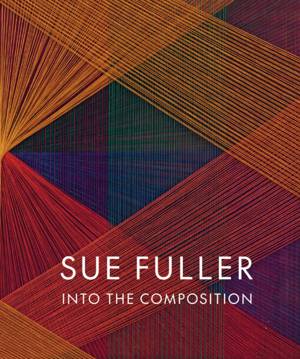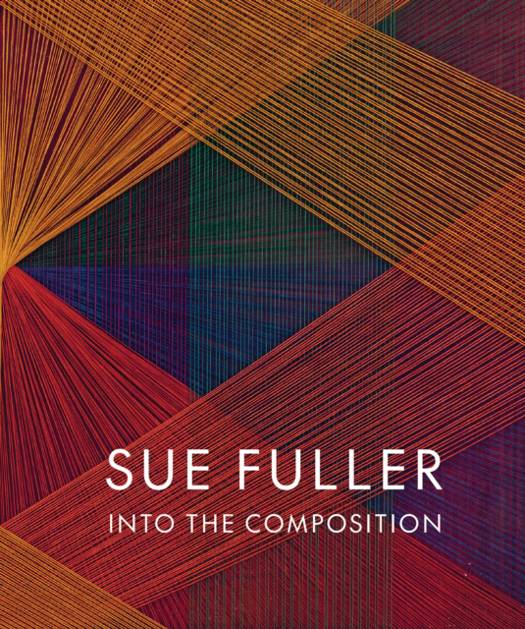
- Afhalen na 1 uur in een winkel met voorraad
- Gratis thuislevering in België vanaf € 30
- Ruim aanbod met 7 miljoen producten
- Afhalen na 1 uur in een winkel met voorraad
- Gratis thuislevering in België vanaf € 30
- Ruim aanbod met 7 miljoen producten
Sue Fuller: Into the Composition
Into the Composition
Alex J. Taylor, Christina WeylOmschrijving
The first monograph on the overlooked American modernist whose delicate geometric abstractions made brilliant and innovative use of string
Balance, motion, suspension and tension form the guiding principles of the work of Sue Fuller (1914-2006), one of the most innovative artists in the field of geometric abstraction in the postwar United States. Initially a prominent figure in Stanley William Hayter's famous New York print workshop Atelier 17, Fuller developed an interest in geometric abstraction in the mid-1940s, which led her to adopt string as a tool to create three-dimensional compositions in a range of colors and varying densities across a light framing structure. Fuller is also known for her use of unconventional materials sourced from industrial sectors, including fishing lines and synthetic surfaces such as Lucite, which conserve the compositions' delicate tension and vivid color schemes in pristine condition to this day. Sue Fuller: Into the Composition is the first monographic study of Fuller's work and includes contributions by art historians Alex J. Taylor and Christina Weyl.
Specificaties
Betrokkenen
- Auteur(s):
- Uitgeverij:
Inhoud
- Aantal bladzijden:
- 96
- Taal:
- Engels
Eigenschappen
- Productcode (EAN):
- 9781909932784
- Verschijningsdatum:
- 21/03/2023
- Uitvoering:
- Hardcover
- Formaat:
- Genaaid
- Afmetingen:
- 224 mm x 267 mm
- Gewicht:
- 657 g

Alleen bij Standaard Boekhandel
Beoordelingen
We publiceren alleen reviews die voldoen aan de voorwaarden voor reviews. Bekijk onze voorwaarden voor reviews.









